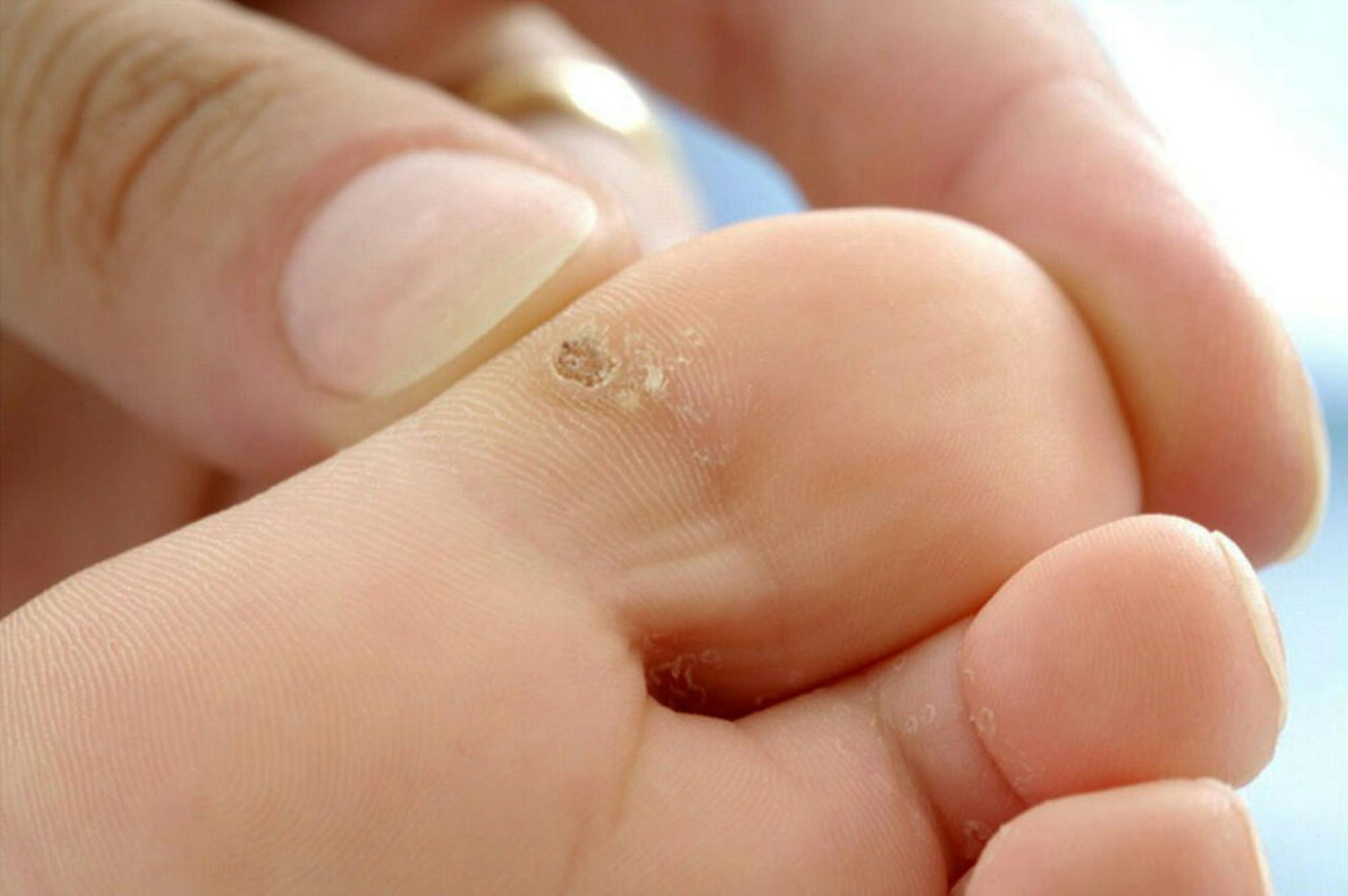Are Genital Warts Treated Differently?
Warts are small, benign skin growths caused by various strains of the human papillomavirus (HPV). These lesions can appear on different parts of the body, including the hands, feet, face, and genital region. Though most warts are harmless and may even resolve on their own, they can be aesthetically displeasing or uncomfortable, prompting many to seek professional treatment. Warts Removal in Dubai has become increasingly popular as individuals look for efficient and discreet solutions tailored to their specific wart type.
What Are Genital Warts?
Unique Characteristics of Genital Warts
Genital warts differ significantly from common warts in both cause and presentation. They are typically caused by low-risk HPV types, most commonly HPV-6 and HPV-11. These types do not usually lead to cancer but can result in recurring outbreaks. Genital warts are soft, flesh-colored, and often appear in clusters in the genital or anal region. Their moist environment and delicate location require a more specialized treatment approach than warts on other parts of the body.
How They Spread
Genital warts are primarily transmitted through sexual contact, including vaginal, anal, and oral sex. Unlike other warts that may be spread through skin-to-skin contact or shared surfaces, genital warts are considered a sexually transmitted infection (STI). Because of this, treatment protocols often include sexual health counseling and partner notification, elements not necessary for non-genital warts.

Why Genital Warts Require Different Treatment
Sensitive Area and Risk Factors
The sensitive nature of the genital area means that standard wart removal methods may not be suitable. Treatments that work well for hands or feet, such as cryotherapy or salicylic acid, can cause irritation or complications in the genital region. Moreover, the mucosal tissue found in the genital area is more prone to damage and infection, necessitating gentler, more precise interventions.
Psychological and Emotional Impact
The diagnosis of genital warts often carries a psychological burden. Unlike other types of warts, genital warts are linked to sexual activity, which can lead to feelings of embarrassment, anxiety, or relationship concerns. Therefore, treatment approaches must also be empathetic and may involve emotional support or counseling alongside medical management.
Available Treatment Options for Genital Warts
Cryotherapy
Cryotherapy, or freezing the warts with liquid nitrogen, is another effective method but must be conducted with great care when applied to the genital area. Unlike on thicker skin, genital tissue is more vulnerable to side effects like blistering, irritation, and scarring. Still, this method is often chosen for visible external warts.
Laser Therapy and Surgical Removal
For larger or more persistent genital warts, laser therapy or surgical excision may be recommended. These methods are typically performed under local anesthesia and provide immediate removal. Laser treatment is particularly useful in difficult-to-reach areas or when the warts have not responded to other treatments.
Monitoring and Follow-Up
The Risk of Recurrence
A major challenge with genital warts is their tendency to recur, even after successful treatment. Since the underlying HPV infection may persist in the body, warts can reappear, sometimes months after the initial outbreak. Regular follow-ups and monitoring are often necessary to manage and prevent future occurrences.
Importance of Complete Clearance
Incomplete treatment of genital warts can lead to continued viral shedding and risk of transmission to partners. Unlike other warts, where cosmetic concerns dominate, the goal of genital wart treatment includes both resolution of visible lesions and reduction in viral transmission risk.
Comparing Genital Warts with Common Warts
Differences in Appearance and Location
Common warts are usually rough and raised, appearing on the fingers, hands, or knees. Plantar warts, which grow on the feet, are thick and can be painful due to pressure. In contrast, genital warts are soft, flat, and can remain unnoticed for long periods. Their location often complicates detection and requires a more intimate clinical evaluation.
Differences in Treatment Approach
While over-the-counter treatments are often sufficient for common warts, genital warts necessitate a more tailored and professional approach. Self-treatment is strongly discouraged due to the risk of incorrect application, worsening of symptoms, or spread of infection.
Prevention and Long-Term Management
Vaccination Against HPV
One of the most effective ways to prevent genital warts is through the HPV vaccine. This vaccine protects against the most common wart-causing and cancer-causing HPV strains. It is recommended for both males and females, ideally before the onset of sexual activity.
Safe Sexual Practices
Using barrier protection like condoms can significantly reduce the risk of transmission, though it may not eliminate it entirely. Open communication with sexual partners and regular STI screenings also play a vital role in prevention and early intervention.
Lifestyle and Immune Health
Maintaining a strong immune system helps the body fight off HPV infections more effectively. A balanced diet, regular exercise, stress management, and avoiding smoking can all contribute to improved immune health and reduced recurrence.
Conclusion
While warts in general are common and treatable, genital warts require a uniquely careful and medically supervised approach. Their sensitive location, risk of recurrence, and implications for sexual health mean that treatments must be customized, respectful, and precise. Understanding these differences empowers individuals to seek appropriate care and adopt preventive strategies. Whether managing an existing outbreak or exploring Warts Removal, awareness and timely intervention remain key to effective treatment and long-term wellness.
